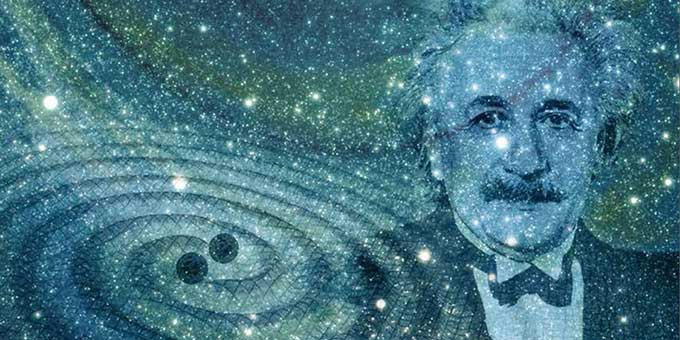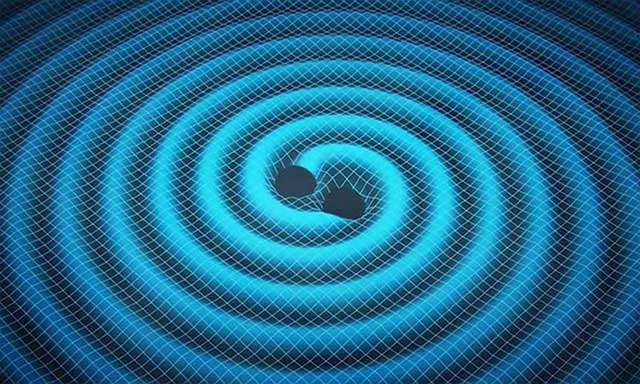Einstein long speculated about the existence of gravitational waves, but it took humanity decades to prove they are real.
Gravity does more than just hold everything together. Shortly after formulating his general theory of relativity, scientist Albert Einstein conjectured that this fundamental force could also create ripples in the fabric of spacetime. However, he was uncertain about his own assertion.

Einstein first predicted the existence of gravitational waves in 1916 based on the general theory of relativity. (Image: UF).
The equations of general relativity are famously difficult to solve, so it is no surprise that even Einstein acknowledged this. It took decades of research for physicists to reach a conclusion supporting general relativity, or in other words, they believed that gravitational waves are indeed real.
Almost everything in the universe can generate gravitational waves as long as it wobbles a bit. Gravitational waves share similarities with many other types of waves. For example, if you ripple water, you create water waves. If your vocal cords vibrate, they produce sound waves. If you disturb an electron, it generates electromagnetic waves.
Gravitational waves propagate outward from a source at the speed of light and have a literal wave-like shape. Although they are present everywhere, we find them very difficult to detect.
The reason is that gravity is very weak. Even if its intensity were increased a trillion trillion trillion times, it would still be the weakest of the four fundamental forces of the universe, alongside electromagnetic force, strong nuclear force, and weak nuclear force. Therefore, gravitational waves caused by ordinary gravity are extremely tiny disturbances.

Illustration of two black holes merging to create gravitational waves in the fabric of spacetime. (Image: NASA).
To create significant disturbances in spacetime, we need something massive in both mass and energy, such as the collision of two black holes, a black hole consuming a star, a neutron star explosion, a supernova event, or chaotic forces released from the Big Bang.
If you were within about half a mile of two merging black holes, the gravitational waves emitted would be strong enough to tear your body apart. However, if you were hundreds of miles away, they would be so weak that they wouldn’t even raise the hairs on your neck.
From our position on Earth, millions to billions of light-years away from these intense events, the amplitude of gravitational waves is no greater than the width of a proton.
The extremely weak nature of gravitational waves is why it took nearly a quarter of a century for scientists to develop the technology to detect them. In 2015, the Laser Interferometer Gravitational-Wave Observatory (LIGO) first confirmed the direct presence of gravitational waves. The origin of that special signal came from two black holes merging 1.4 billion light-years away from us.
Because gravity is so weak, gravitational waves hardly interact with matter, allowing them to travel freely throughout the universe without scattering or being absorbed.
Since the first detection in 2015, LIGO and Virgo—its sibling observatory in Italy—have confirmed over forty black hole collisions. Scientists have progressed from sporadic gravitational wave detections to a formal branch of astronomy. These spacetime disturbances have provided insights into the inner workings of the universe and paved the way for astronomers to explore new cosmic mysteries in the future.


















































